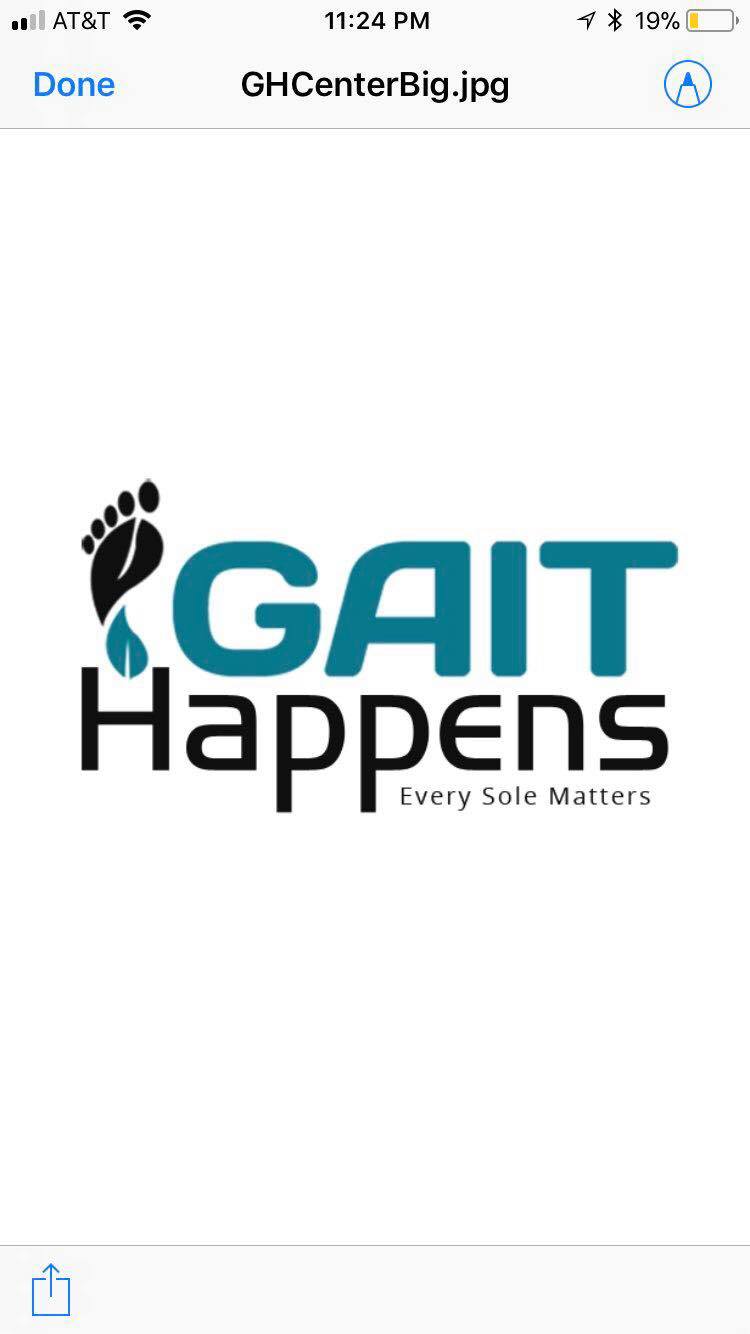


Calf and foot strengthening is often an overlooked part of strength training for runners. Most runners know the importance of glute strength and the role those muscles play in running to improve performance and prevent injury, but not everybody thinks about the importance of intrinsic and extrinsic muscle strength for the foot and their role in running.
The small muscles that start and end in your feet- those are your intrinsic foot muscles. They are big players when it comes to stabilizing your big toe on the ground, helping you absorb shock and propelling yourself forward efficiently. For example, your flexor digitorum brevis muscle (FDB) is key in supporting and protecting the plantar fascia by acting as a muscle synergist. The muscle belly of this FDB runs directly underneath the plantar fascia.
Running is all about the control of rotation as your foot hits the ground. That control comes both from the top down (think pelvis, hip, torso) and from the bottom up (foot, ankle). Our foot is an amazing structure because it has the ability to absorb force during pronation, and propel us forward during supination. We need both pronation and supination in both the walking and running gait cycles. Even moreso, we need to be able to control pronation and supination. For this, we utilize the tibialis posterior muscle--the body’s most important decelerator of subtalar pronation, meaning it helps to slow the rate of pronation in your foot and ankle.
Your calf muscles--gastroc and soleus--are what most people think of when it comes to lower leg strength. These muscles play a very important role in the running gait cycle, but they are not the only players in the lower leg. Your gastroc crosses two joints (knee and ankle) and is extremely sensitive and prone to injury. Studies of ultra runners show their creatine kinase levels skyrocket because the gastroc is working in overdrive (FS Apple). Running with a forefoot or a hard midfoot strike pattern, your gastroc has to fire during contact period and propulsion, which increases the potential for delayed onset muscle soreness.
The soleus is the true powerhouse of your lower leg. It absorbs up to 11 times your bodyweight when you run, it makes up 2/3 of your achilles tendon and helps decelerate the shin when the foot is on the ground. Remember when we said that gait is all about controlling rotation? The gastroc and soleus muscles together work to slow down internal rotation of your leg during contact period. This also reduces torsional strain at the knee. By intertwining and becoming the achilles tendon, they are also able to store and return energy. (BiewenerA). Pay attention here because this is important when thinking of training your lower leg muscles for running-we need this energy storage and recoil to create efficiency in our running gait.
Many runners are also very accustomed to varying degrees of ankle sprains. Your lower leg musculature is key to preventing ankle sprains: the peroneal muscles act as a stirrup on the outer side of the ankle by limiting excessive rear foot inversion. This provides invaluable protection against inversion ankle sprains (Ashton-Miller J et al). The flexor hallucis longus muscle also plays an important role here, as it descends the fibular head providing a bony block to prevent inversion ankle sprains.
The key takeaway here is that the lower leg is beautifully designed, consisting of hundreds of muscles and ligaments that work to help absorb force when you run, along with help propel us forward with good mechanics. If you are wanting to improve your running efficiency, prevent injuries, and improve your output, it's time to start paying attention to your foot and lower leg.
Ashton-Miller J, OHaviani R, Hutchinson C, et al.What best protects the weight bearing ankle against further inversion? Everton muscle strength compares favorably with shoe height, athletic tape and three orthoses. Am J Sports Med 1996;24:800-809.
BiewenerA, DaleyM. Unsteadylocomotion: integrating muscle function with whole body dynamics and neuromuscular control. J Exper Biol. 2007; 210:2949-2960.
F S Apple, M A Rogers, D C Casal, L Lewis, J L Ivy, J W Lampe, Physiol Occup Physiol. 1987;56(1):49-52. doi: 10.1007/BF00696375.

0

0
Comments :